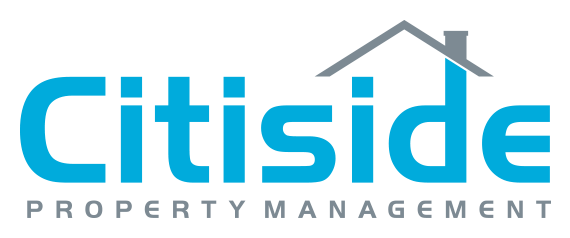How to spot fake income
Finding and vetting good quality tenants is one of the most important parts of managing a property. It can seem like the easiest business in the world with a good tenant and a nightmare with a bad tenant. In an ideal world, we would be able to trust everyone, but unfortunately that is not reality. With Covid-19 and the trouble evicting someone, spotting fakes has become even more important.
Rule #1: ALWAYS check employment references.
Make sure you ask your prospective tenant about contacting their current employer. If the tenant refuses, that’s a red flag. If their pay stub lists a company your potential renter says you aren’t allowed to contact, there’s a good chance it’s because the employer has never heard of that person.
Rule #2: Make sure the company is real.
Always google the company to see if they have a professional website and check the Secretary of State website to make sure the company is registered. Tenants that are scamming often will list a company that does not exist. They often will try to give regular gmail addresses for employers’ emails as well. This should trigger extra digging into the company. We have even looked up the LinkedIn pages of the manager to make sure it matches the info of a gmail account provided. More often than you would think possible, applicants have provided a friends personal email and phone number hoping that we only call or email. Even then, if we call, the friend is confused as to what we are talking about.
Rule #3: Verify the income they claim
Ideally, you will usually be dealing with pay stubs from companies. Below we will go into some common ways to spot fakes. Other proof of income can be a W-2 (verify they still work there), tax return (often needed for self-employed people), Social Security Statements, and an offer letter from a new employer. If you are desperate, you can also use bank statements. We don’t recommend looking at the balance on the account as much as looking for regular deposits vs. regular withdrawals. Make your own decision on what you consider the most stable if you are allowed to use that as criteria. Source of income can be covered under some local Fair Housing Laws.
Rule #4: Look for legitimate pay stubs
Os are used instead of zeros-If you spot an “O” where there should be the number “0,” that is a good indication the pay stub is fraudulent. It is very unlikely a business would make a mistake like this.
Unprofessional appearance-Most professional documents appear as such. Most larger companies use payroll companies like ADP which should look all the same. In general, a legitimate pay stub should not contain the following:
- Unique font types
- Alignment issues
- Blurry text
Missing Information-If any basic information like name, occupation, or date of birth is incorrect, you’ve got a huge red flag. Spelling mistakes are another red flag, as an accountant would typically spot these and rectify them before issuing the stub – but a fake stub generator wouldn’t. A genuine paystub will automatically populate with employees’ information as stored in the company system, so there shouldn’t be any room for errors.
Numbers are perfectly rounded-If the document looks too clean, that could be a red flag. Check to see if the monthly earnings and other numbers on the form are perfectly rounded. For example, the stub might list net pay as 1,000 instead of 998.75. Most paychecks rarely have a rounded number.
Inconsistent or incorrect information-If the pay stub is hard to read, the numbers don’t match up correctly, or the formatting looks off, there’s a good chance it’s a fake. Don’t ignore a poor-quality pay stub just because it comes from a small business or family company, as this shouldn’t affect the quality of their accounting.
